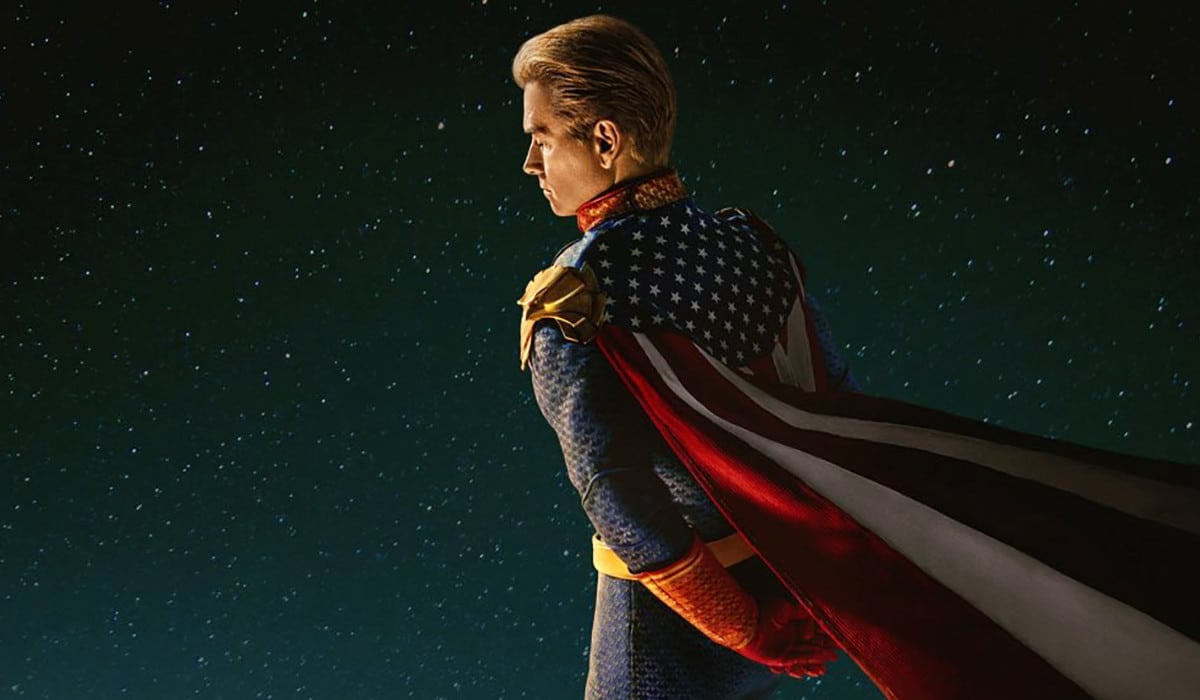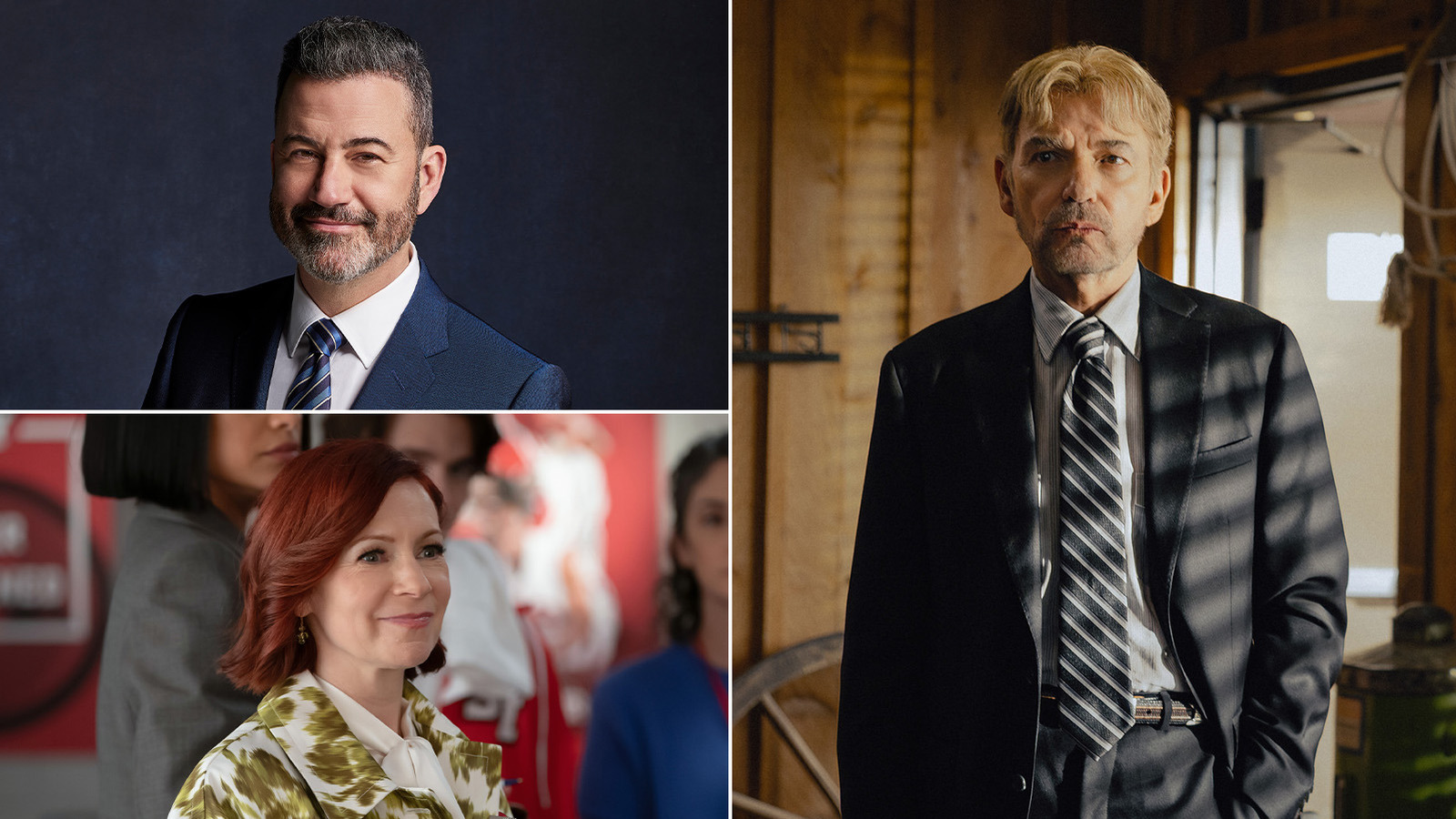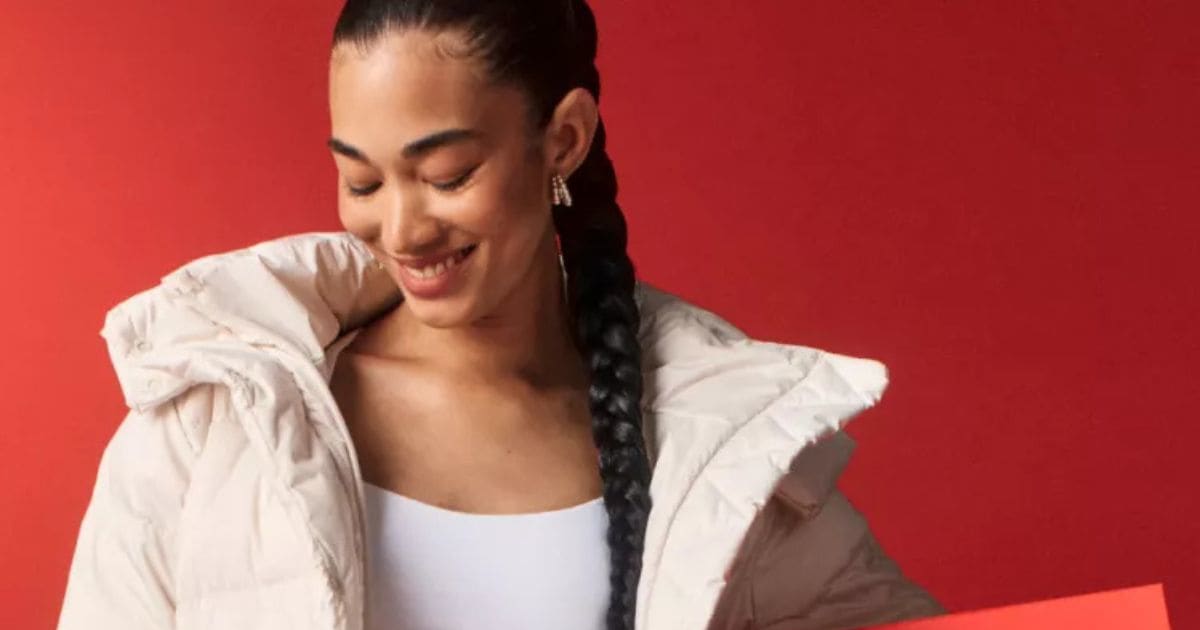The recent Halloween trilogy was a gift and a curse to fans of the horror franchise that has been tougher to kill than Michael Myers himself. At a point when even die-hard fans believed the series would be left like a rotting pumpkin, Halloween (2018), Halloween Kills (2021), and Halloween Ends (2022) did a lot right. They became influential in the slasher revival, turned Michael back into “the Shape,” and reunited him with his favorite enemy, Jamie Lee Curtis‘s Laurie Strode. But this trilogy wouldn’t do everything right. Following the restrained 2018 reboot, the overstuffed Halloween Kills has a bigger cast that gets lost in the bigger, bloodier kill count. However, the best part of Kills is also a high point in the franchise, when a small town finds out that they can’t kill the boogeyman.
The Mob Rule of ‘Halloween Kills’ Has Been Attempted Before in the Series
Haddonfield in 2018’s Halloween is a more diverse, busy community, but the movie doesn’t get too broad. It chooses to confine its plot to an older Laurie Strode (Curtis), who, along with her daughter Karen (Judy Greer) and her granddaughter Allyson (Andi Matichak), has a chance to put an end to the slasher. If only burning him alive in Laurie’s house had worked. Halloween Kills picks up right away. Michael escapes the inferno, and the sequel branches out into how the people of Haddonfield react to learning he is at large.
Tommy Doyle (Anthony Michael Hall), a survivor of Halloween night 1978, takes charge of a vigilante mob that is filled with legacy characters and newly introduced residents. “Evil dies tonight!” is said too many times, going from a rallying cry to a hammy chant. But those three words aside, Tommy’s makeshift army of angry citizens lashing out is one of the best additions to the franchise. It turns Haddonfield into a lived-in community, not just a few houses for Michael to invade. It’s also a concept that 1988’s Halloween 4 attempted with a smaller hunting party.
The New ‘Halloween’ Trilogy Wanted to Focus On the Legacy of Haddonfield
Jamie (Danielle Harris) and Rachel (Ellie Cornell) are in big trouble in the fourth Halloween movie when Michael is hunting them, and he has decimated the town’s police force. Dr. Loomis (Donald Pleasence) finds help elsewhere, alerting the local men at the bar to get armed and find the slasher. Their efforts are in vain when they accidentally kill a drunk man, and eventually, Michael takes them out. The vigilante justice these men attempt is not as big as what gathers momentum in Halloween Kills. Once the mob forms, it changes the formula that the previous Halloween entries have stuck to, where Michael is the sole hunter. In previous entries, it is often a single character who tries to warn everyone about Michael. In Kills, modern-day Haddonfield is aware of the threat, and they overcompensate for the horrors of the past they wanted to forget.
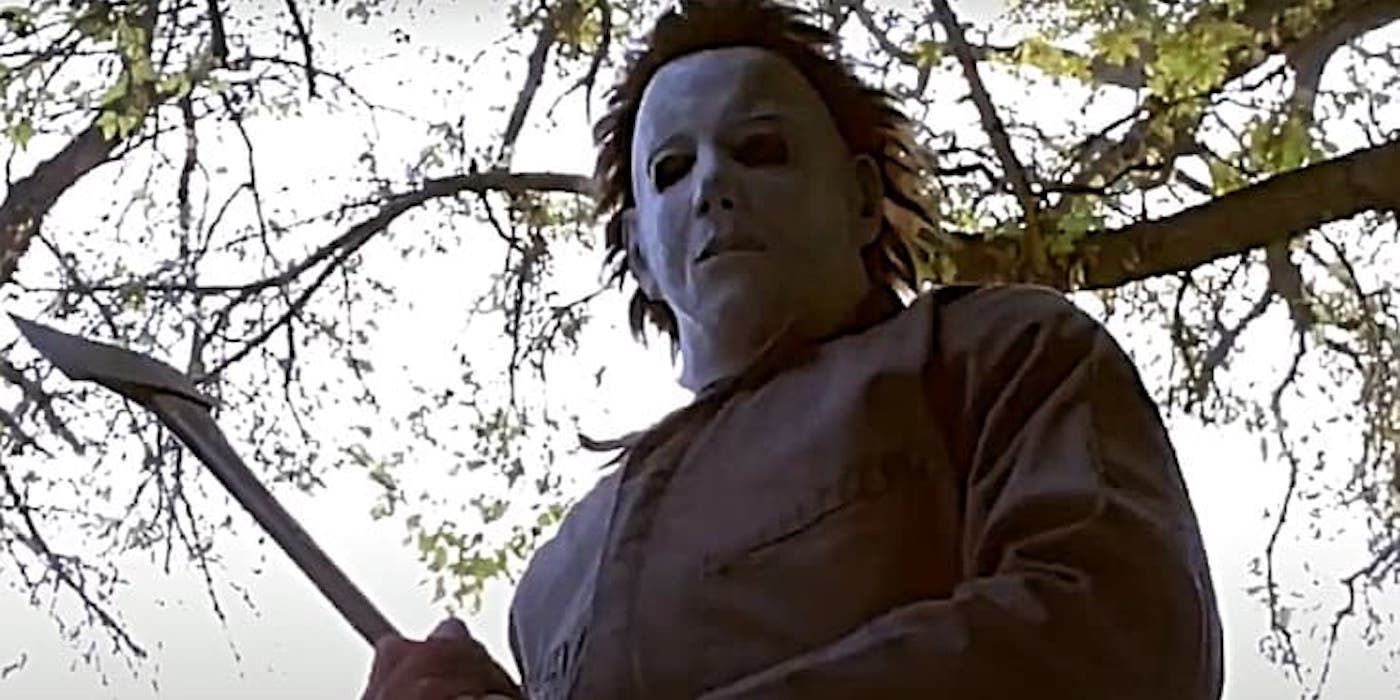
Related
Beware ‘The Curse of Michael Myers’ With This New ‘Halloween’ Figure From NECA
One of the many nights “He Came Home.”
It’s inevitable that the eruption of their rage will go wrong, and, like in the 1988 installment, it causes the death of the wrong man. The message about a community’s trauma getting muddled by the extravagant brutality of the kills, but the large group striking back against an unstoppable monster raises the stakes considerably. “Rampage” and “Hallway Madness” on the soundtrack feel as volatile as Michael’s wrath or the mob’s violence. Although the transition between the extreme gory escalation of Kills and the quieter focus on Corey Cunningham (Rohan Campbell) in Halloween Ends is not a smooth one, the final chapter of the trilogy does attempt to continue examining the version of Haddonfield seen in Kills.
The Mob of ‘Halloween Kills’ Led to the Story of ‘Halloween Ends’
“There will be no empathy!” Tommy yells in his motivational speech. It’s a line that resurfaces in Ends, where Haddonfield quite literally is without empathy. Many residents are overtly cruel to the town pariah, Corey. Michael Myers has disappeared, but his darkness has been left behind. Even though the ending confirms that darkness won’t go away, as “evil changes shape,” it is still cathartic in the finale to see the residents form a procession to watch Michael’s corpse be destroyed. After the chaos of Kills, the community might get to heal.
The recent trilogy isn’t perfect, but it does pump in fresh blood with the mob storyline. For all the hammy moments in Halloween Kills, watching a small town turn into a makeshift army is an exciting departure from the formula of the many other sequels. There are no babysitters and no slow-burn horror. Residents accept there is a monster, and noble intentions clash with irrational thinking on a Halloween night where evil didn’t die.
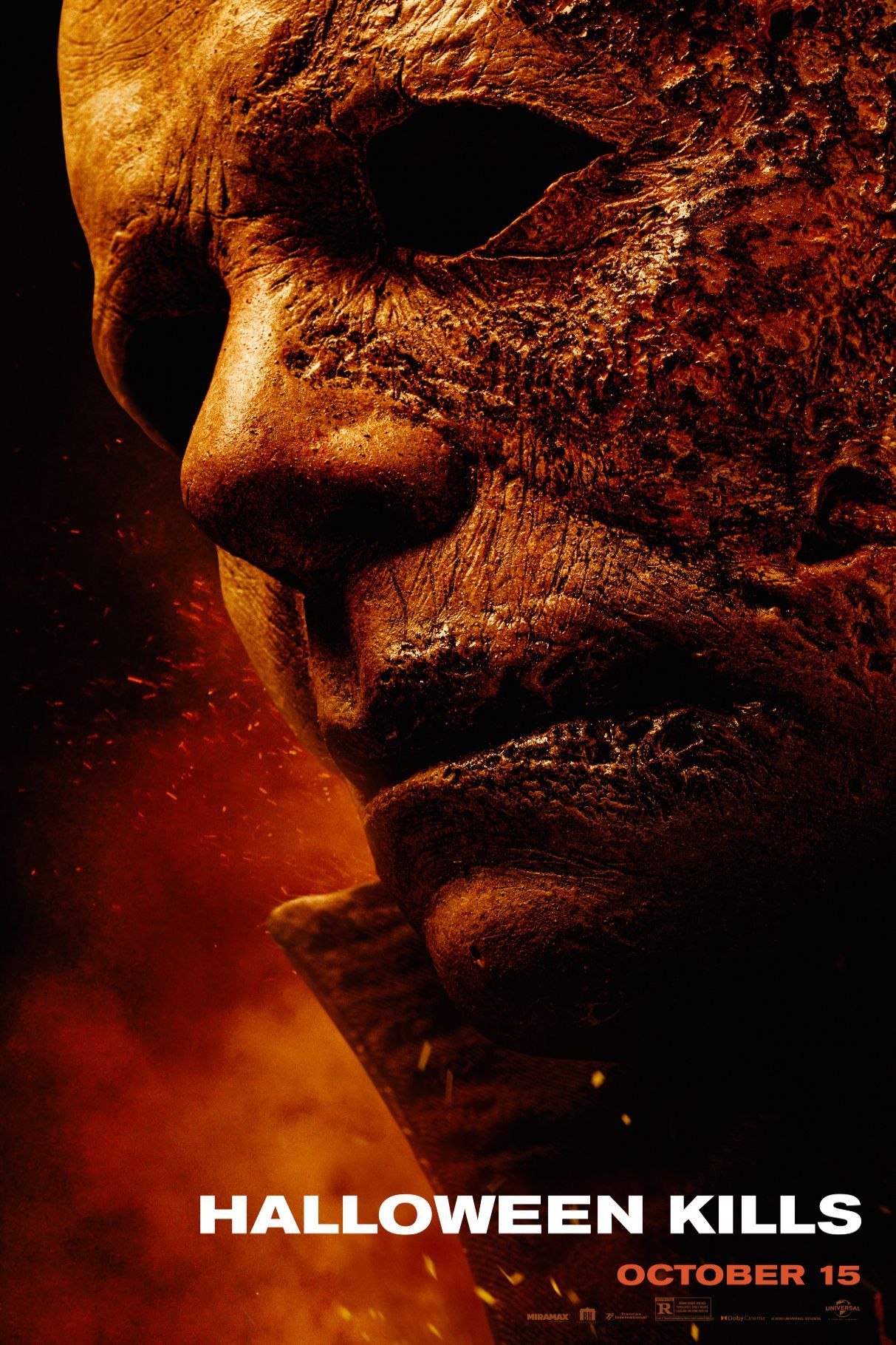
Halloween Kills
- Release Date
-
October 15, 2021
- Runtime
-
105 Minutes
- Director
-
David Gordon Green

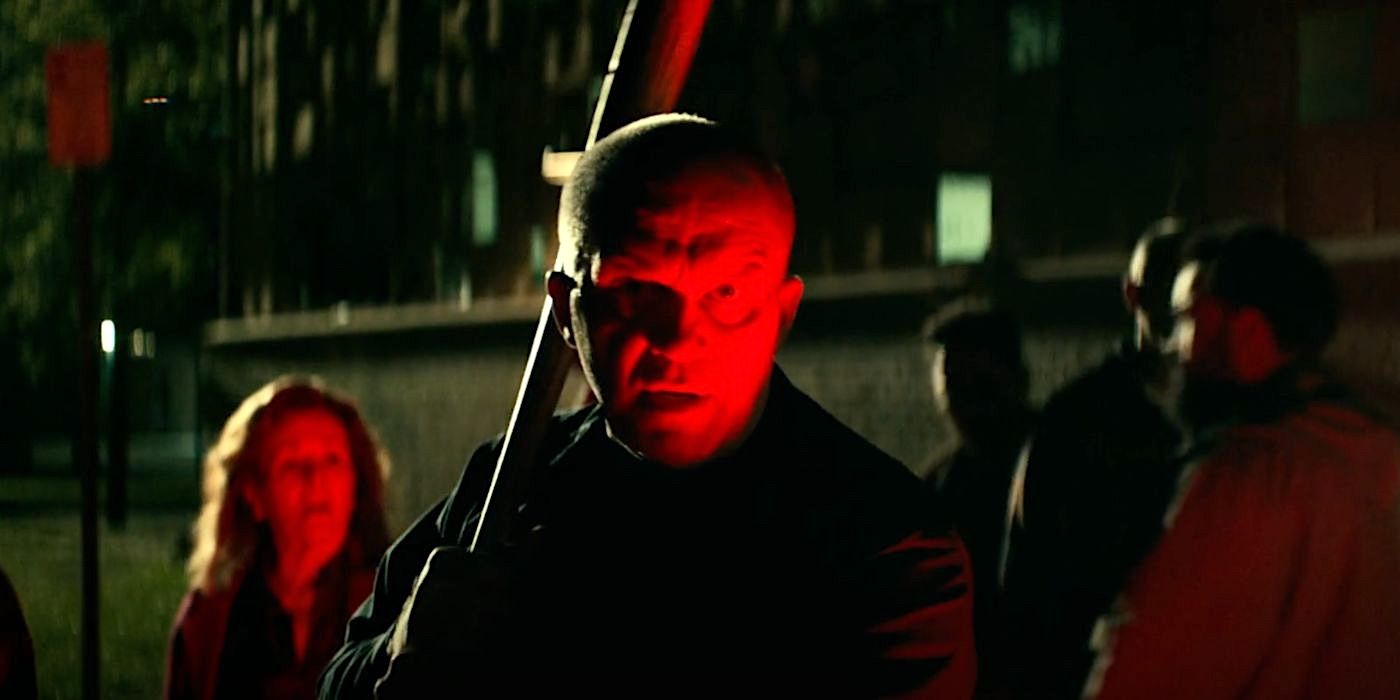


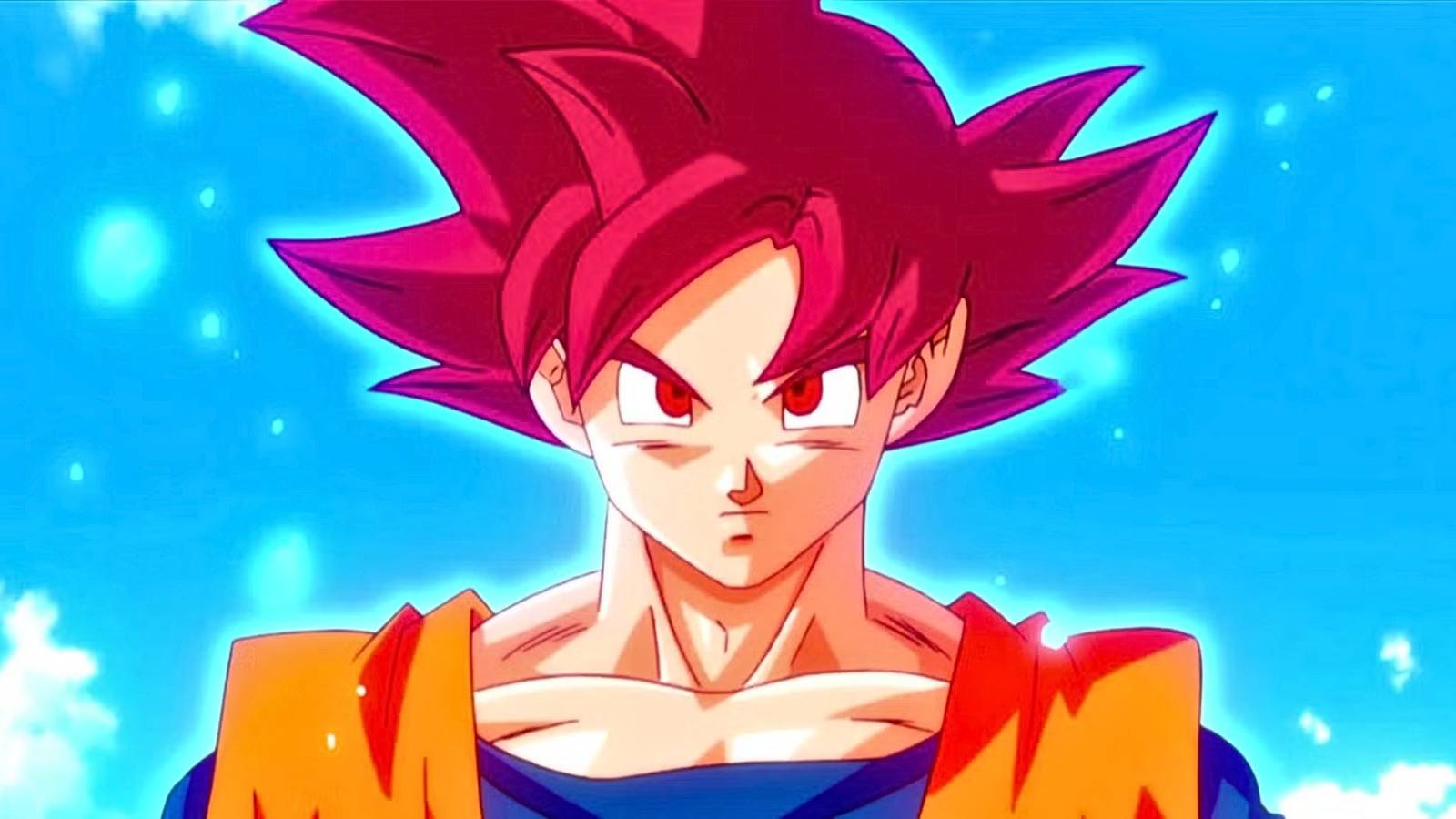


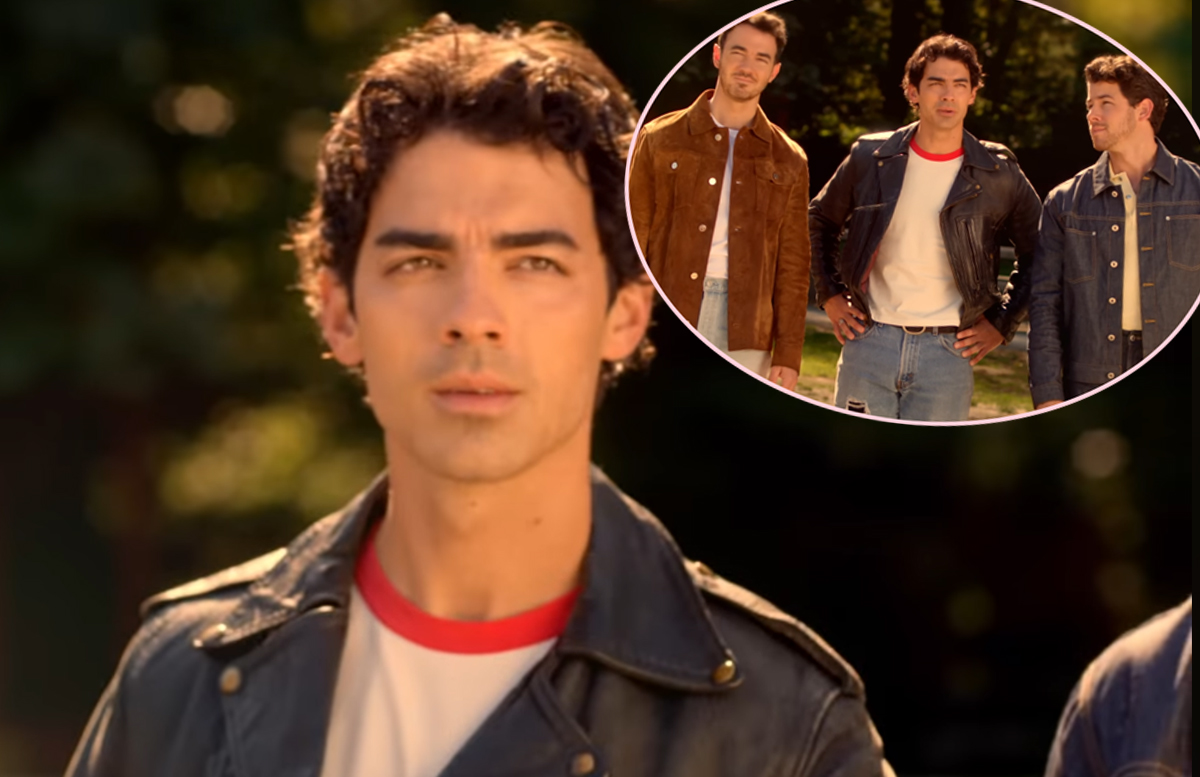


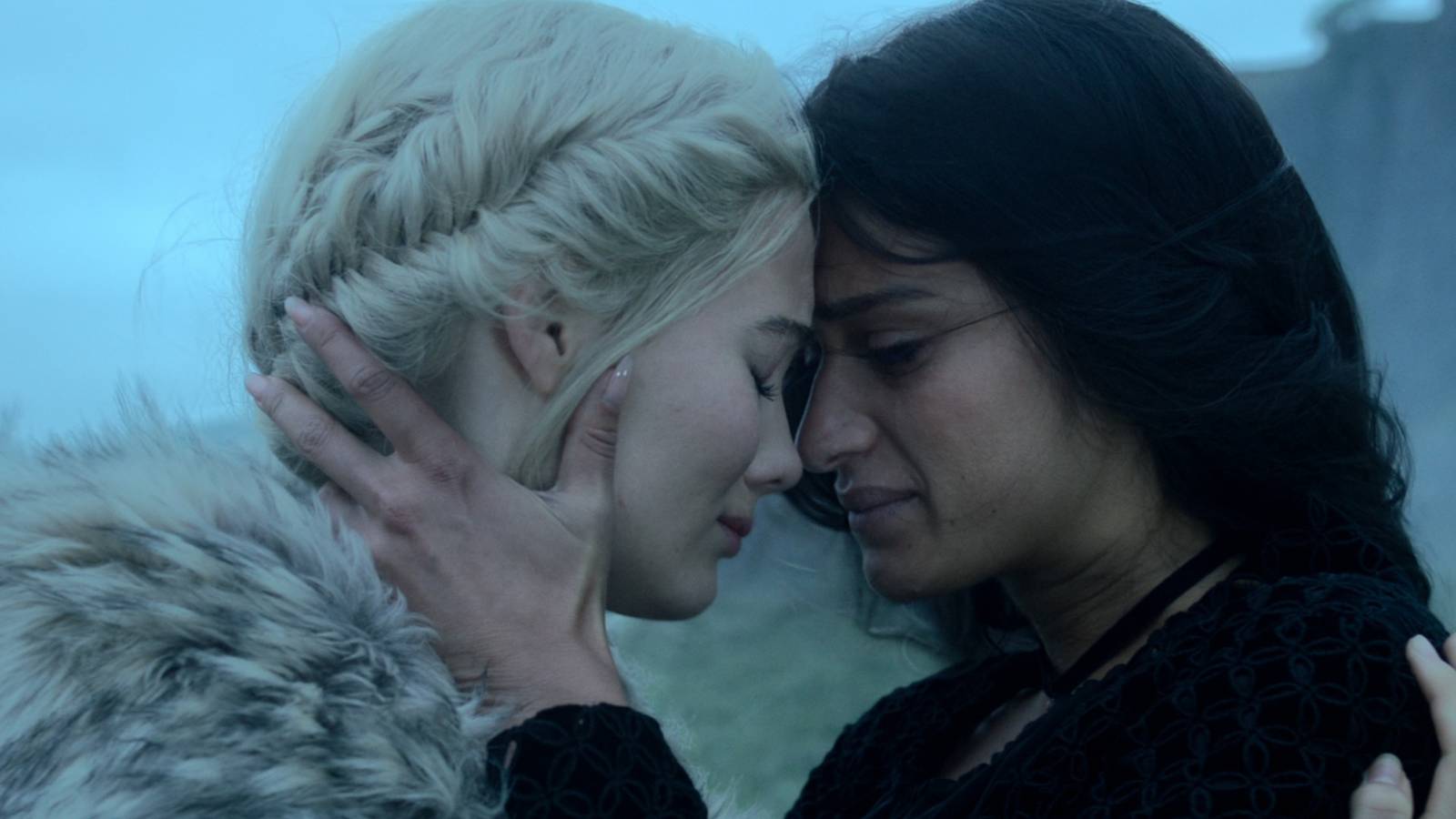



![‘Our Hero, Balthazar’ Thwarts a Would-Be School Shooter in First Images For Wild Satire Starring Noah Centineo and Asa Butterfield [Exclusive] ‘Our Hero, Balthazar’ Thwarts a Would-Be School Shooter in First Images For Wild Satire Starring Noah Centineo and Asa Butterfield [Exclusive]](https://static1.colliderimages.com/wordpress/wp-content/uploads/2025/06/untitled-design-70.jpg)
